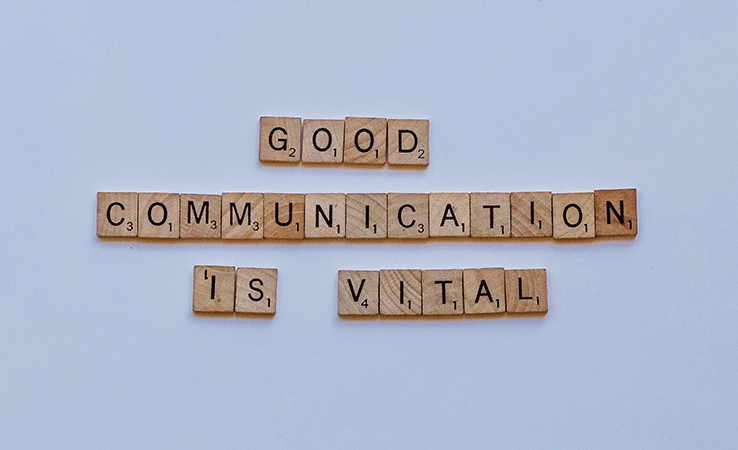Hiring and Promotion: The Hidden Communication Issues
Going through some research recently on what makes Irish companies attractive to talent from abroad, it was heartening to read that, despite intensifying competition for IT talent across Europe, our local enterprises compete well on pay, career opportunities, education and just downright interesting work in dynamic innovative environments!
According to John Dennehy’s findings, the single most important attractor is OUR PEOPLE.
And people is about Communication (capital C).
So, that’s the initial attraction… but what would encourage professionals to stay, build teams, go for promotions? What is the hidden issue that effects their experience of living and working in Ireland and even perhaps their well being?
As a language and communication coach working with professionals whose first language isn’t English, I am aware of the struggles they can experience facing meetings with accents from Cork to Leitrim, interviewing clients on complex, nuanced requirements, making sense of a funny story while trying to bond with the team in the pub. It can be a cultural-linguistic nightmare! It is often embarrassing and even distressing, despite having the necessary language credentials for the job. (Beware of equating international business English with what is spoken locally or equating language skills with good English communication.)
For many professionals, understanding how language is used, regionally and culturally, with a good degree of skill plays a major role in both career progression and forming those subtle connections with people here that entices them to stay, to put down roots.
It’s about effective communication practice across cultural-linguistic difference.
This applies equally to the second and first language speakers in the team. In our diverse and inclusive workforce it’s a two-way street when it comes to accommodating difference. The user of English as a second language needs to up-skill to acquire ‘natural’ spoken language, understand fast, accented speakers and adopt valued communication strategies for presenting ideas ( ‘signalling intent’, avoiding long-windedness etc). Equally, the native speaker needs to become aware of key areas of difficulty for second language colleagues and to modify their speed, articulation, communication style, use of idiomatic/ nuanced language, etc.
The funny thing is, depending on the industry, it can be more difficult for the first language user to adapt their communications than for the second language user!
For more information check out my Group Workshops page here:




